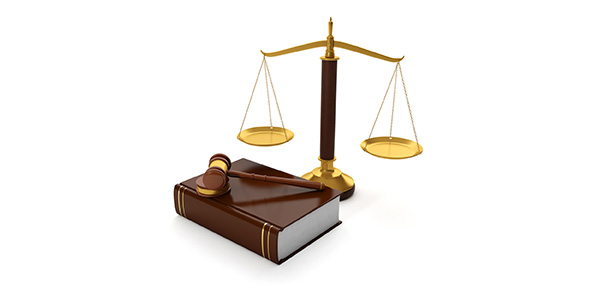Test Your Knowledge About Foundations Of Canadian Law! Trivia Quiz
- LSUC
- CBA
2.
You may optionally provide this to label your report, leaderboard, or certificate.
×
Thank you for your feedback!
















